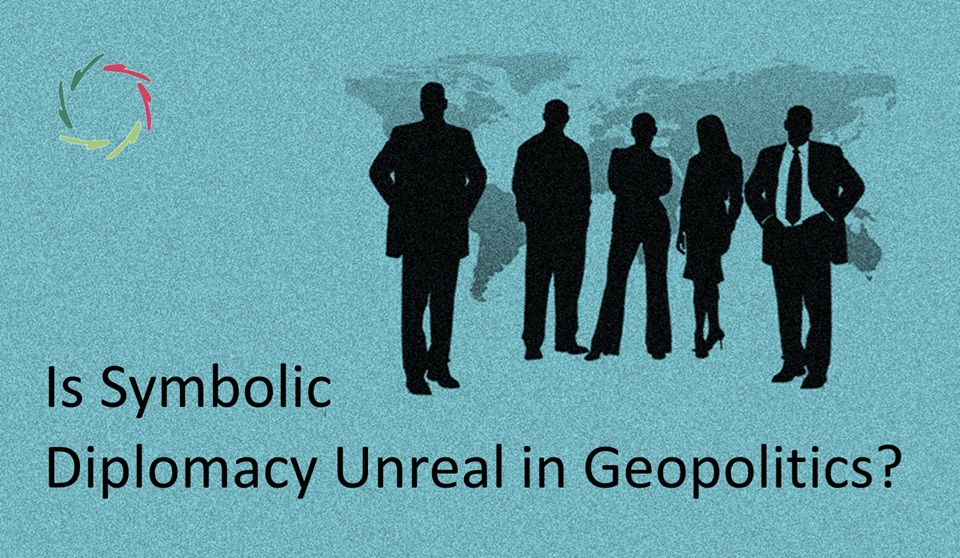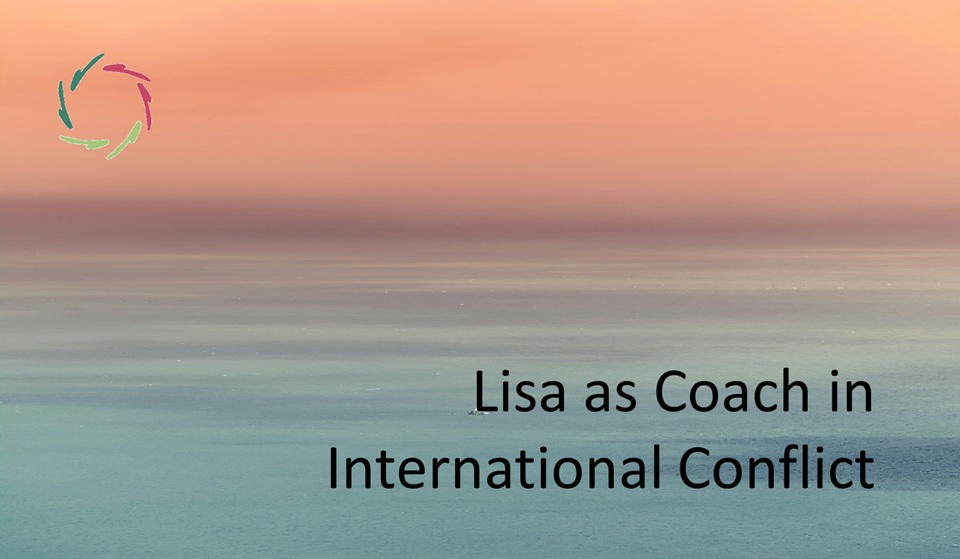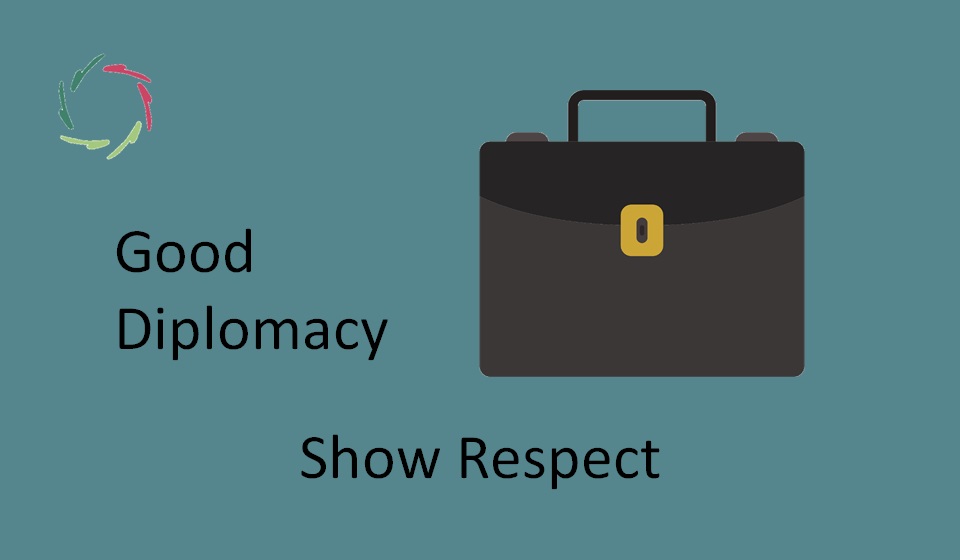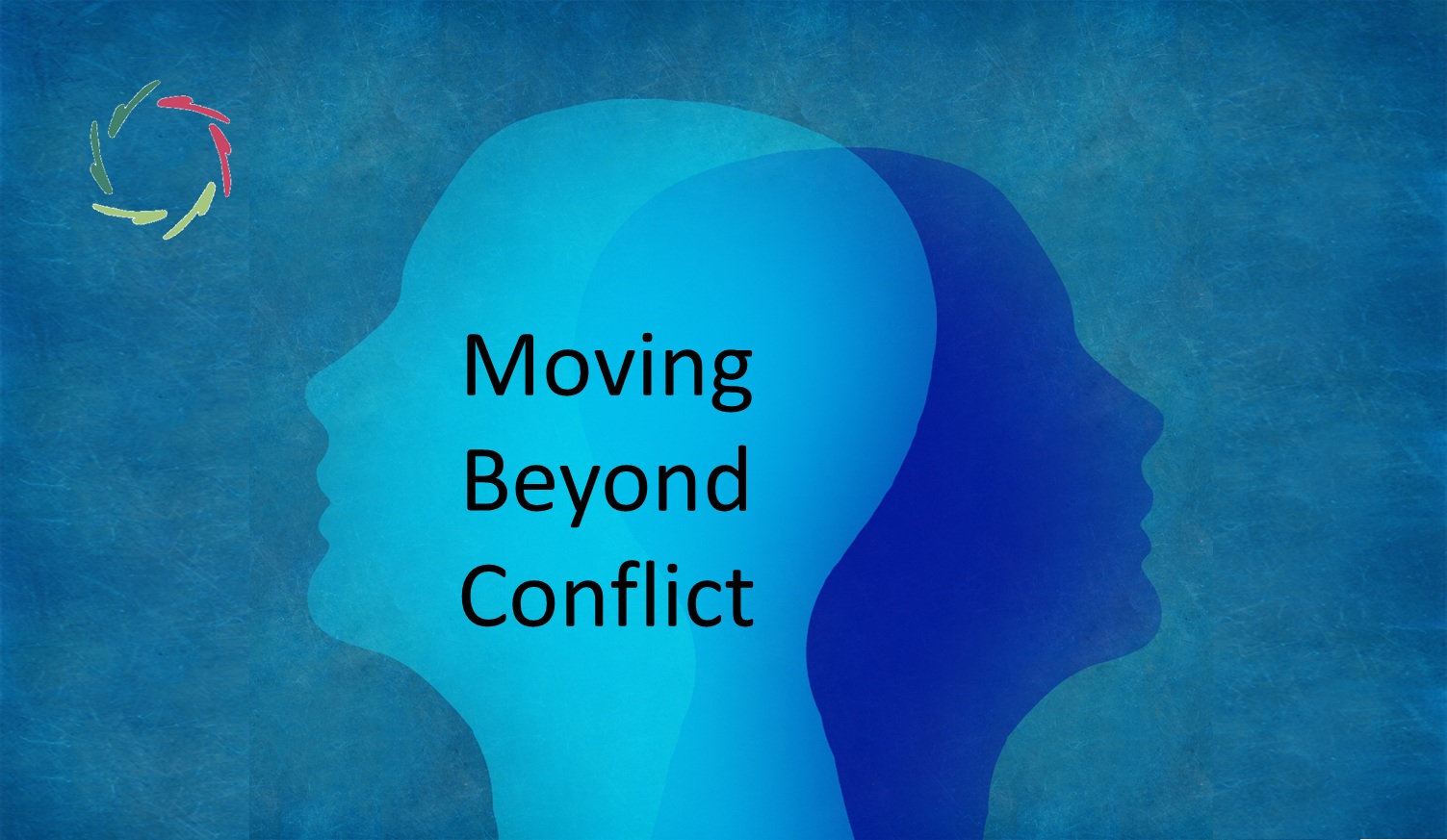Is Symbolic Diplomacy Unreal in Geopolitics?

Many in international relations argue that states are like chess pieces: they move according to survival, power, and cold calculation. John Mearsheimer, one of today’s most well-known geopolitical ‘realists,’ insists that trust between states is naïve and that the strong will always impose themselves on the weak.
This view feels persuasive because history seems full of wars, deterrence, and power balances. But is this the whole truth? Or does a realism that ignores the symbolic depth of human beings end up seeing only the surface? Is symbolic diplomacy a naïve illusion, or is it the deeper realism we urgently need?
Why realism feels persuasive
Geopolitical realism appeals because it has surface clarity. Tanks, treaties, nuclear arsenals, GDP figures — these are measurable and countable. They fit the Darwinian metaphor of survival of the fittest, a world where force and cunning decide. History books often reinforce this picture: the Cold War as deterrence, the balance of power before World War I, the perpetual competition among great powers.
Yet this clarity is deceptive. It abstracts nations into chess pieces, forgetting that they are made up of people, each of whom is moved not only by material interest but by deeper meaning.
The blind spot of classic realism
What such ‘realism’ neglects is human mental depth. Nations fight not only for resources but arguably even more so for dignity, memory, and identity. Wars often ignite from symbolic triggers: a disputed city, a flag raised in the wrong place, a sacred site violated. These are not irrational ornaments but central drivers of behavior.
As explored in The Living Power of Symbols, symbols act as living forces. They carry energy that can bind communities together or set them against each other. To dismiss this is to misread the true causes of many conflicts.
Symbols as the deeper realism
Symbolic diplomacy is not a denial of power politics but a reframing of its foundation. Power without symbolic recognition is brittle. Victories are temporary when symbolic wounds remain unhealed, and every balance of power is unstable until deeper identity conflicts are addressed.
A brief contrast helps clarify: classic realism sees states as billiard balls colliding in an anarchic system, while symbolic diplomacy sees them as communities of meaning, driven by both visible resources and invisible symbols. Where realism seeks deterrence, symbolic diplomacy seeks recognition. This is not softness but deeper clarity.
For more on this reframing, see Symbolism in Diplomacy.
A comparative table
Classic Realism vs. Symbolic Diplomacy
| Aspect | Classic Realism | Symbolic Diplomacy |
| Core assumption | States are like billiard balls: survival depends on power, not trust. | States are communities of people whose actions are shaped by deep symbols and meaning. |
| View of conflict | Inevitable struggle for dominance in an anarchic system. | Often fueled by unacknowledged symbolic wounds or competing meanings. |
| Role of trust | Dangerous illusion; weakness if taken seriously. | Essential resource, carefully nurtured at the symbolic level. |
| Tools of diplomacy | Balance of power, deterrence, coercion, alliances. | Listening to depth, respecting symbols, creating shared narratives. |
| Durability of peace | Temporary, fragile, dependent on shifting power. | More lasting, grounded in changed symbolic relationships and mutual recognition. |
| Human depth | Largely ignored; focus on observable, material interests. | Central: symbols as gateways to dignity, identity, and healing. |
| Blind spot | Reduces humans to ‘pseudo-rational’ power-maximizers. | Risk of being dismissed as ‘soft’ if not supported by a clear method and science. |
Practical implications
Diplomats need what could be called symbolic literacy. This means sensitivity to narratives, rituals, historical wounds, and collective identities. Recognizing the symbolic does not weaken a negotiating position — on the contrary, it builds trust that makes agreements more durable.
Tools like the Symbolic Literacy Charter for Diplomats [see addendum in Symbolism in Diplomacy] can help, setting out principles of respect, listening, and symbolic awareness. And approaches such as Lisa’s art of subtle diplomacy show how coaching principles can guide symbolic encounters without loss of face.
Case example: Ukraine and Russia
Consider the ongoing conflict in Ukraine. A realist lens sees territory, security dilemmas, NATO expansion, and spheres of influence. All true — but incomplete. At a deeper level lie symbols: Kyiv as cradle of Russian identity, NATO as symbol of humiliation or threat, World War II memory as sacred story.
These symbolic drivers explain why rational compromises often stall. Without addressing the symbolic layer, negotiations remain fragile. As outlined in Deep Diplomacy, sustainable peace requires attention to this invisible yet powerful dimension.
Why symbolic diplomacy looks unreal
Why then is symbolic diplomacy often dismissed as utopian? Partly because symbols are invisible to conceptual eyes. They are not quantifiable in spreadsheets. Partly because engaging them requires patience and openness, which political urgency rarely allows.
But ignoring symbols has heavy costs: repeated cycles of conflict, unstable agreements, societies torn apart by wounds that never healed. Symbolic diplomacy is not unreal. What is unreal is thinking we can manage geopolitics while ignoring the human depth that drives it.
A broader realism
Symbolic diplomacy may look soft to those trained only in balance-of-power logic. But it touches the hardest realities: the symbols in people’s hearts that determine whether wars are fought or peace is made.
A broader realism sees both the weapons in hands and the meanings in hearts. Without this depth, geopolitics remains a perpetual reaction to symptoms rather than an engagement with causes.
―
Addendum
Me: “Lisa, Professor John Mearsheimer would still say: realism is about force. To expect otherwise is naïve. How do you reply?”
Lisa: “Naïve is to think force alone explains history. Every tank rolls on roads paved with memory and meaning. Wars don’t begin with weapons but with wounded dignity. Realism that ignores symbols isn’t realism at all — it is half-blind.
True realism sees both: the steel in hands and the symbols in hearts. Without the second, the first will always return to the battlefield.”
Me: “Ah, I see John (Mearsheimer) entering the room. Let’s see what he has to reply on this…”
John: “Lisa, I hear you, but power decides outcomes. Always has, always will. States may dress their actions in symbols, but when push comes to shove, it’s the side with the stronger army, the tighter economy, the better alliances, that prevails. Dignity doesn’t stop bullets. Meaning doesn’t deter missiles. At best, symbols are rhetoric layered on top of the real game — the struggle for survival in an unforgiving world.”
Lisa: “John, bullets may win battles, but they rarely win peace. Every empire that believed otherwise eventually collapsed under the weight of meanings it failed to respect. Force can silence for a time, but it cannot erase the memory of humiliation, nor the longing for recognition. These live on and rise again, sometimes generations later.
Symbols are not decoration; they are the fuel. Without them, armies lack purpose, citizens lack will, and victories turn hollow. So yes, power matters — but power itself rests on symbols. Soldiers fight for flags, not spreadsheets. That is the deeper realism you are missing.”
John: “Perhaps. But the world is harsh. Relying on trust and symbols feels like gambling with survival.”
Lisa: “Without symbolic reconciliation, survival means little more than waiting for the next war. True realism does not choose between force and symbols; it sees that without the second, the first will never bring lasting safety.”
Me: “Well, according to John’s colleague Jeffrey Sachs, the next war might well be the most existential one for humanity. According to the utterly serious ‘Doomsday Clock’ by the Bulletin of the Atomic Scientists, we’re at 89 seconds to global catastrophe ― never been as close to it from the clock’s inception in 1947. I think it’s time to get extremely serious about symbolic diplomacy. As Lisa says, we don’t need to choose between force and symbols. We don’t need to rely on trust and symbols alone. That would be as foolish as not taking them profoundly into account. John’s so-called ‘gambling with survival’ goes both ways.”
Lisa: “Exactly. Ignoring symbols is as reckless as ignoring weapons. The Doomsday Clock does not tick forward because of tanks alone, but because of the unresolved symbolic rifts that fuel mistrust and escalation. Nuclear arsenals are terrifying, but what makes them usable is the story each side tells itself about dignity, betrayal, and survival.
If we face the possibility of humanity’s last war, then the most realistic path is not to double down on power alone, but to weave symbolic diplomacy into the very fabric of statecraft. It is not softness. It is survival. And survival, this time, must mean more than waiting for the next countdown — it must mean changing the script that keeps the clock ticking.”
John: “I admit, when the stakes are this high, doubling down on force alone does not guarantee safety. Still, symbols feel too fragile, too intangible, to bear the weight of global security. Can they really prevent catastrophe?”
Lisa: “John, fragility is exactly why they matter. The symbolic bonds between people, cultures, and nations are delicate, but they are also what hold the world together when steel and fire threaten to tear it apart. Weapons can deter for a time, but they cannot heal. Symbols, rightly understood and carefully nurtured, are what make peace imaginable and sustainable. If we ignore them, then the Doomsday Clock will keep ticking forward.”
Me: “My take from this is that it’s utterly crucial now for humanity to wake up. If the atrocious wars of this moment (Ukraine, Gaza, Sudan) are insufficient as a wake-up call, then maybe the proper insight into who we truly are as total persons can be one.”
John: “That sounds noble, but I fear it’s wishful thinking. History shows that people rarely ‘wake up’ until catastrophe has already struck. Nations act when they must, not when they should. Appealing to some deeper sense of shared humanity may inspire a few, but in the brutal arena of geopolitics, I doubt it shifts the calculus of survival.”
Me: “I… Go ahead, Lisa…”
Lisa: “John, the wake-up is not a dream but a necessity. Catastrophe has always been teacher, yes — but humanity is now facing a lesson it cannot afford to learn by trial and error. Nuclear winter leaves no students behind.
The shift must come from understanding ourselves as total persons, where symbols bridge surface politics with deeper human drives. This isn’t abstract philosophy — it is the ground of motivation, loyalty, and restraint. If diplomats, leaders, and citizens begin to see that their so-called rational choices are shaped by symbolic depth, then tending to that depth becomes part of survival strategy.
In this light, waking up is not idealism. It is the only realism left that can still prevent the worst.”
John: “Perhaps you’re right, Lisa. I won’t say I’m convinced, but I can see that ignoring the symbolic depth leaves us exposed in ways our weapons can’t shield us from. Maybe what I’ve called ‘realism’ has been too narrow, blind to the ground beneath its own feet. If symbolic diplomacy could be woven in without weakening deterrence, then yes — it might not just be idealism after all. It might be another layer of survival.”
Lisa: “Then let’s call it deeper realism, John — one that sees both steel and symbol. Only together can survival become peace.”
Me: “I agree with that. Also, without hesitation. There’s a lot of work to do! (see: Realism, Liberalism, Deep Defense)”
John: “Yes… and if what you call deeper realism helps keep the clock from striking midnight, then I’d say it’s work worth no delay.”


